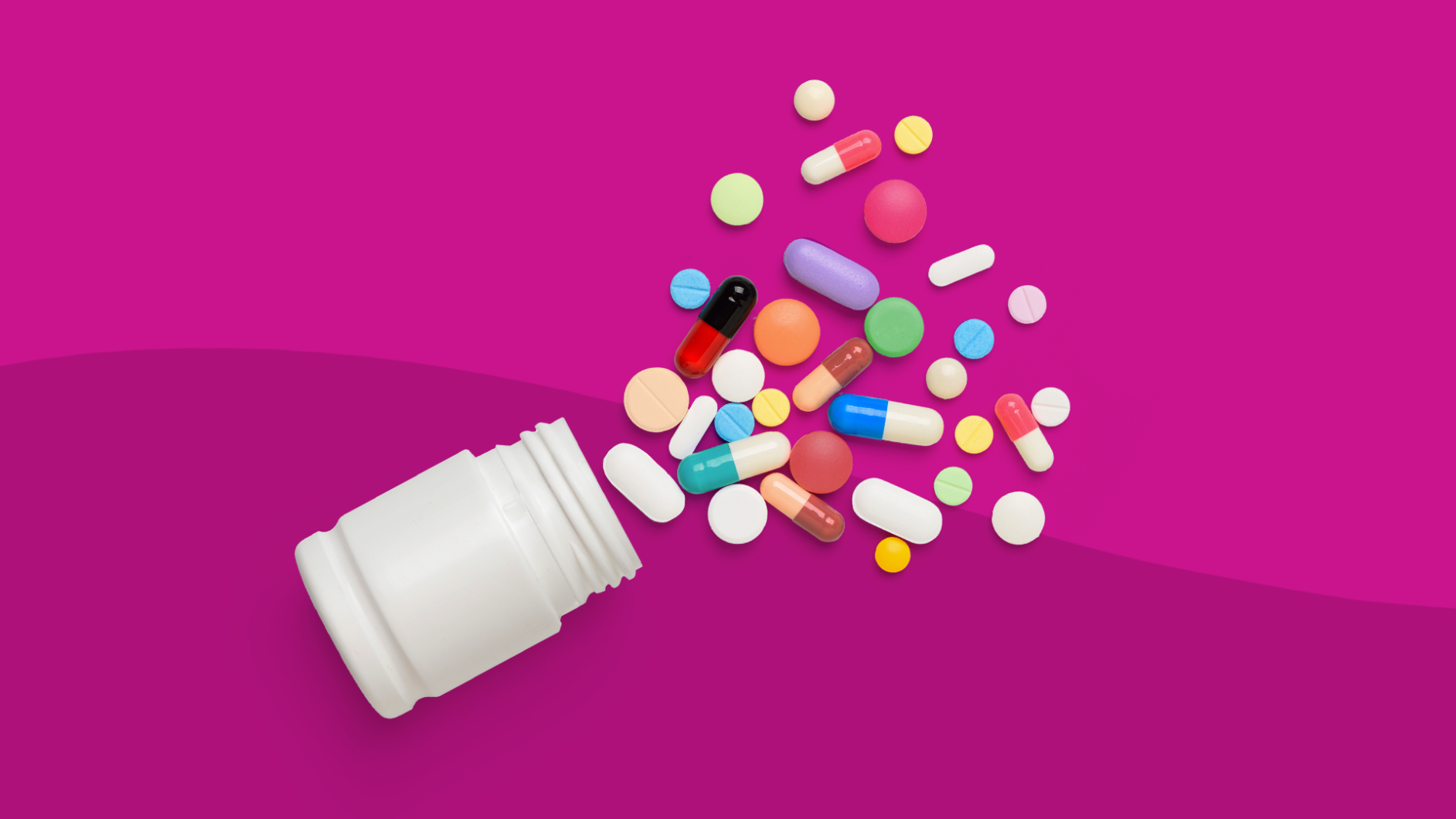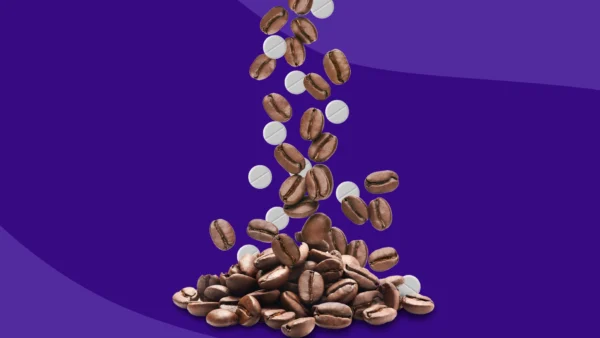Sulfonamides, also commonly known as sulfa drugs, were first discovered to have antibacterial properties in the 1930s. A German scientist isolated a sulfonamide called Prontosil and, ironically, treated his own daughter with it, saving her arm from being amputated. The discovery of Prontosil led to a new era in medicine, as sulfonamides were the first broadly effective drugs to treat bacterial infections. Prontosil led the way to the discoveries of other antibacterial sulfonamides: sulfapyridine, which was effective against pneumonia, sulfacetamide, which was effective against urinary tract infections, and sulfathiazole, which was effective against gastrointestinal (GI) tract infections. Sulfathiazole was also commonly used in pill and powder form during World War II to treat soldiers’ wounds to prevent infection.
The chemical activity of sulfonamides provides for more than just anti-infective properties. There are many other disease states that drugs in the sulfonamide class are used for including diabetes, inflammatory diseases, HIV-1, epilepsy, high blood pressure, and topically for certain skin conditions. The table below lists common sulfonamide medicines followed by information on how they work, what conditions they treat, safety, and cost.
Other sulfonamides
Topicals
- Silvadene (silver sulfadiazine)
- Aczone (dapsone)
- Klaron (sodium sulfacetamide)
- Sulfamylon (mafenide acetate)
Ophthalmics
What are sulfonamides?
Sulfonamides are synthetic, or man-made, medicines that all share a common chemical structure. Sulfonamides treat a variety of disorders and illnesses and, based on their therapeutic activity, are divided into one of two general groups: the antibacterial sulfonamides that are used to treat infections and the non-antibacterial sulfonamides that are used to treat a variety of other illnesses including diabetes, inflammatory diseases, HIV-1, epilepsy, high blood pressure, glaucoma, and certain skin conditions.
How do sulfonamides work?
Antibacterial sulfonamide drugs work by binding to and stopping a specific enzyme, or protein, from carrying out its normal function of helping provide nutrients to the infectious bacteria cell. Sulfonamides don’t kill bacteria, but instead, they stop the reproduction of infectious bacteria. This action is called “bacteriostatic,” meaning it prevents the growth of bacteria.
Less is known about how the non-antibacterial sulfonamide drugs work, although they are thought to have anti-inflammatory activity and effects on the body’s immune system. Examples:
- In treating Type 2 diabetes, sulfonamide drugs increase the release of insulin by stimulating the pancreatic beta cells.
- For treating high blood pressure, sulfonamide drugs act as diuretics and increase the amount of water and salt, or sodium, eliminated from the body by increasing urination frequency and amount.
- Sulfonamide derivatives act as anti-inflammatory medicines by blocking the hormones in the body responsible for causing pain and inflammation.
- In HIV patients, sulfonamide drugs act to block protease enzymes and stop the virus from multiplying.
What are sulfonamides used for?
- Bacterial infections
- Bactrim (sulfamethoxazole-trimethoprim)
- Bactrim DS (sulfamethoxazole-trimethoprim double strength)
- Sulfatrim Pediatric (sulfamethoxazole-trimethoprim)
- Type 2 diabetes
- Amaryl (glimepiride)
- Glucotrol (glipizide)
- Glynase PresTab (glyburide micronized)
- Tolbutamide
- High blood pressure
- Acetazolamide
- Bumetanide
- Chlorthalidone
- Lasix (furosemide)
- Hydrochlorothiazide
- Indapamide
- Metolazone
- Glaucoma
- Methazolamide
- Azopt (brinzolamide)
- Trusopt (dorzolamide HCl)
- Gout
- Probenecid
- Inflammatory diseases (e.g., rheumatoid arthritis, Crohn’s disease)
- Celebrex (celecoxib)
- Human immunodeficiency virus type 1 (HIV-1)
- Lexiva (fosamprenavir calcium)
- Epilepsy
- Zonegran (zonisamide)
- Irregular heartbeat
- Tikosyn (dofetilide)
- Betapace (sotalol HCl)
- Benign prostatic hyperplasia (BPH)
- Flomax (tamsulosin HCl)
- Migraine headaches
- Imitrex (sumatriptan succinate)
Types of sulfonamides
Sulfonamides are divided into one of two general groups: the antibacterial sulfonamides, used to treat infections, and the non-antibacterial sulfonamides that treat a variety of different diseases.
Antibacterial sulfonamides
- Bactrim (sulfamethoxazole/trimethoprim)
- Sulfatrim Pediatric (sulfamethoxazole/trimethoprim)
Non-antibacterial sulfonamides
- Azulfidine (sulfasalazine)
- Amaryl (glimepiride)
- Glucotrol (glipizide)
- Glynase PresTab (glyburide micronized)
- Chlorthalidone
- Lasix (furosemide)
- Hydrochlorothiazide
- Zonegran (zonisamide)
- Lexiva (fosamprenavir calcium)
- Celebrex (celecoxib)
- Tikosyn (dofetilide)
- Betapace (sotalol HCl)
- Flomax (tamsulosin HCl)
- Probenecid
- Imitrex (sumatriptan succinate)
Who can take sulfonamides?
Adult men and women can take sulfonamides. However, they should also be used with extreme care in patients with liver problems, kidney problems, and certain types of anemia.
Pregnancy and breastfeeding
In general, animal studies have shown that some sulfonamides cause birth defects. Sulfonamides are not recommended for use if you’re pregnant or might become pregnant. Sulfonamides enter into breast milk and therefore they are not recommended for use while breastfeeding. A woman’s healthcare provider is the best source of information when managing sulfonamide treatment before becoming pregnant, during pregnancy, or while breastfeeding.
Children
The most common use for sulfonamides in children is the treatment of infections. Sulfisoxazole, in combination with the antibiotic erythromycin, is commonly used for the treatment and prevention of ear infections and prevention of meningococcal infections. Sulfasalazine is used in children 4 years and older to treat ulcerative colitis and inflammatory bowel disease. Sulfonamides should never be used in infants younger than 2 months old.
Seniors
In general, older adults can take sulfonamides. Older patients may be more sensitive to the adverse effects of sulfonamides, e.g., severe skin and blood problems may be more likely to occur in seniors, especially when complicating conditions exist such as impaired kidney or liver function, or use of other drugs concurrently.
Are sulfonamides safe?
Because all sulfonamides share a common chemical structure, if you have an allergy to one sulfonamide or sulfa drug, you may be allergic to other sulfonamide drugs—even across the two general groups. According to a recent SingleCare survey, 10% of survey respondents with a drug allergy were reportedly allergic to sulfa drugs. Talk to your healthcare professional if you have any type of drug allergy or if you have had a hypersensitivity reaction to any sulfonamide.
Anaphylaxis, or anaphylactic shock, is a severe allergic reaction that may occur if you are hypersensitive to a sulfonamide, or sulfa drug, that requires immediate medical care. Symptoms of an anaphylactic reaction may include:
- Skin rash
- Nausea
- Vomiting
- Difficulty breathing
- Shock
Stevens-Johnson syndrome is a rare but severe form of a sulfonamide allergy that requires immediate medical care. Symptoms may include:
- Flu-like symptoms
- Painful red blisters around the mouth, throat, eyes, or genitals
- Red or purple skin rash
- Peeling skin
- Fatigue
- Diarrhea
- Nausea and vomiting
- Fever
Recalls
Restrictions
You should not take sulfonamide medicines if you are allergic to sulfa drugs. The presence of other medical problems and conditions may affect the use of sulfonamides. You should not use sulfonamides or they should be used cautiously if you have any of the following conditions:
- Porphyria (a group of disorders that result from a buildup of natural chemicals that produce porphyrin in your body)
- Certain types of anemia (e.g., from low blood levels of folic acid or from pyruvate kinase and glucose-6-phosphate dehydrogenase [G6PD] deficiencies)
- Impaired or decreased liver or kidney function
Drug-drug interactions
Using sulfonamide medicines with any of the following is not recommended:
- Coumadin (warfarin)
- Toradol (ketorolac)
- Orlaam (levomethadyl)
- Hiprex (methenamine)
This is not a complete list of drugs that may interact with sulfonamides. Talk to your healthcare professional before starting a sulfonamide about any other prescription or over-the-counter medicines you may take.
Are sulfonamides controlled substances?
Sulfonamides are not controlled substances.
Common sulfonamides side effects
The following are potential common side effects when taking sulfonamides. This is not an exhaustive list and you should always talk to your healthcare professional and seek medical advice about what adverse reactions to expect and how to address them.
- Skin rash
- Itching
- Headache
- Dizziness
- Diarrhea
- Tiredness
- Nausea or vomiting
- Pale skin
- Joint pain
- Sensitivity to light
How much do sulfonamides cost?
Sulfonamides have a wide price range depending on the specific drug, quantity, and dosage. Almost all Medicare and insurance plans will cover sulfonamides. Since most sulfonamides are available in generic formulations, they are much less expensive than their brand-name counterpart. A SingleCare discount card could reduce prescription costs up to 80% at participating pharmacies.











